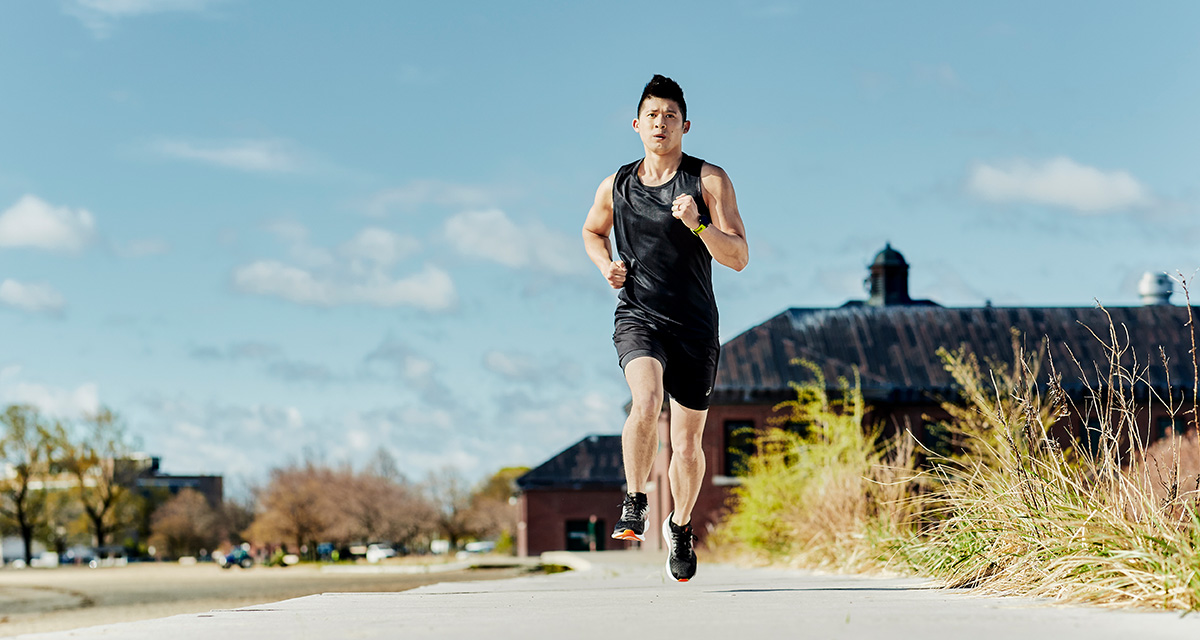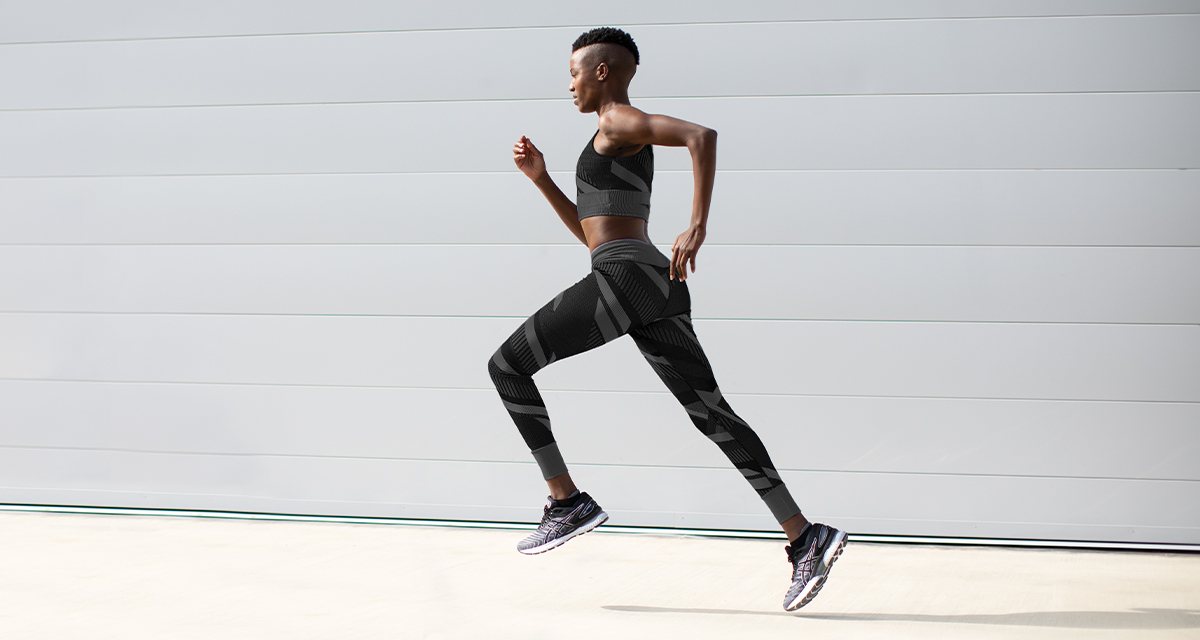There comes a time in every runner’s journey when, for any number of reasons, they’re unable to run. And chances are this has happened to you at one point or another. Maybe you were dealing with an injury, or maybe the weather wasn’t great—whatever the situation, you were prevented from running, and you may have been at a loss for how to stay active. Just because you can’t run doesn’t mean you have to be completely sedentary (unless your doctor or physical therapist tells you to, of course). There are plenty of cross-training activities you can do instead, including ones that can benefit your running!
Here’s a look at some of the workouts and activities you can do when you can’t run. (Note: Your ability to do these workouts and movements will vary based on your body’s limitations. If you are injured, for instance, avoid exercise that involves the injured area and speak with your doctor before engaging in new exercises.)
Stay active with strength training
Strength training is a beneficial addition to any runner’s training program. Besides being a lower-impact activity when compared to running, strength training can aid in injury prevention and make your body more efficient (so when you get back to running, you’re better at it!). Generally speaking, lifting heavier weights for fewer reps is preferable for runners versus lighter weights and high reps. Make sure to hit on multiple muscle groups—chest, back, arms, abdominals, shoulders, legs/lower body. Whether you do a full-body workout or choose to focus on one or two muscle groups per workout is up to you.
Some of our favorite exercises for runners are:
- Squats (how to do them correctly)
- Single-leg deadlifts
- Push-ups
- Planks
- Calf raises
- Leg raises (for your abs)
- Dumbbell rows
- Lunges (walking or stationary)
- Glute bridges
- Russian twists
As a personal trainer, I like to choose five or six movements—usually a mix of upper and lower body exercises—and do those with heavy weights, aiming for five reps each, for four or five sets. A word of caution: You don’t want to choose a weight that’s going to injure you (i.e., don’t choose a weight that’s too heavy). Doing these reps should be a challenge, but they shouldn’t cause your body any strain or acute pain.
Cycling to stay active
Another stellar cross-training option for runners is cycling. Cycling, whether indoor or outdoor, can help keep your cardiovascular capacity up while putting minimal stress on your body. It can also improve your stamina and endurance, both of which are crucial for running. Your options for outdoor cycling depend on where you live, but indoor cycling you can do at the gym or at home if you have a stationary bike or trainer. Below is a sample indoor workout. Feel free to customize and adjust it accordingly to align with your goals and current level of fitness.
30-minute cycling cross-training workout
- Warm up for 5–10 minutes at an easy pace and easy resistance
- Note: You don’t want to be at zero resistance. You want some resistance under you so you aren’t cycling out of control. You’re aiming for 80 to 100 rpm max.
- Do 8–10 one-minute pushes (sprints) with a 60–90 second recovery between each sprint.
- These sprints should be all-out efforts. This is a HIIT workout! These should be hard!
- Aim for 80–100 rpm at a higher resistance than your warmup. Ideally your speed shouldn’t exceed 120 rpm—and if you’re hitting that easily, you should add more resistance.
- Finish the workout with a 10-minute cooldown and a post-ride stretch
- For the cooldown, you can slowly ease up on your resistance little by little until you reach zero.
Yoga and/or mobility work to maintain activity
Flexibility is a game of use-it-or-lose-it, and motion is lotion. That’s why, if you have downtime from running, you should practice yoga, stretch, and do exercises geared toward mobility. In doing so, you will maintain your full range of motion, keep your muscles loose, and avoid injury. You don’t have to go full-on yogi or do advanced mobility moves to reap the benefits—simple stretches will get the job done.
Here are a few examples of stretches and yoga movements that may be beneficial for runners:
- Child’s pose
- Downward dog
- Forward fold/bend
- Standing knee pull
- Standing quad stretch (or quad pull)
- Hamstring stretch
- Runner’s lunge (hip flexor stretch)
- Calf stretch
- Seated butterfly stretch
- Seated spinal twist
As much as we love running, it’s not the only exercise option out there. Cross-training is an effective way to switch up your routine and challenge your body in ways that can ultimately improve your running performance. So when you’re faced with a situation that prevents you from running, rest assured you can turn to other activities—like strength training, cycling, yoga, and mobility work—to get your workout fix.
Please note: This blog is not intended to be a substitute for professional medical advice, diagnosis, or treatment. Always seek the advice of your physician or other qualified health provider with any questions you may have regarding a medical condition.




